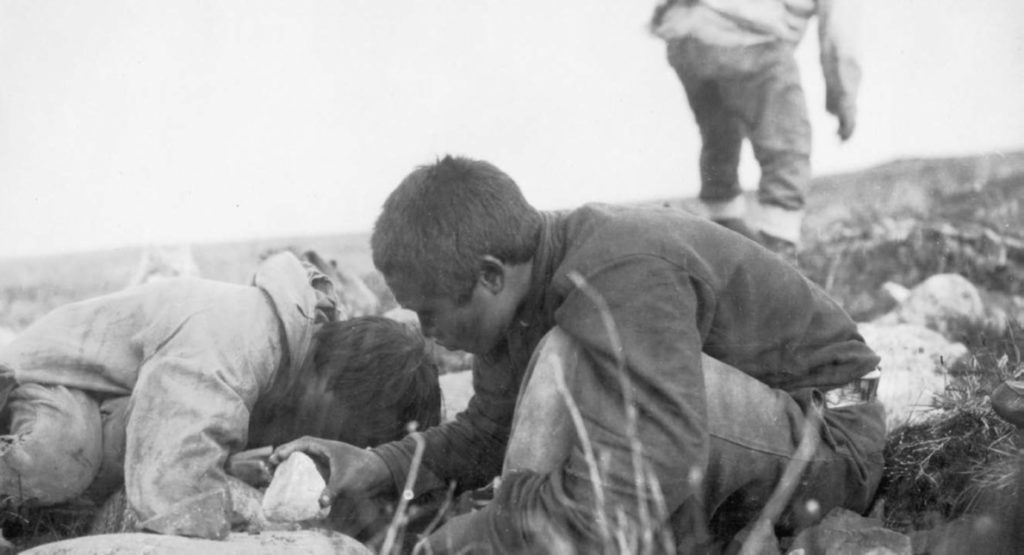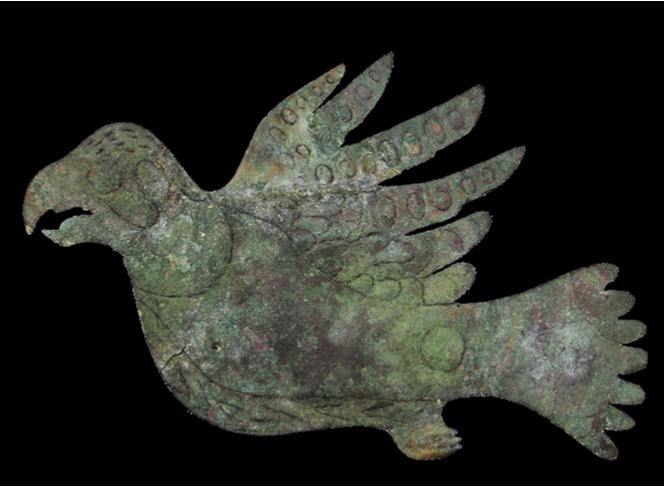John Sandlos| May 31, 2023 | https://www.canadianminingjournal.com/
If you ask the average person in the street when they think the history of mining begins in the Americas, they might pinpoint the throng of the forty-niners who migrated to California in search of gold (bequeathing a name to San Francisco’s NFL team). Or perhaps they would recall the mad dash northward to the Klondike in 1898, made famous in the fiction of Jack London, the poetry of Robert Service, the popular history of Pierre Berton, and even a classic film by Charlie Chaplin. Some might go as far back as the large-scale precious metal mines that brought the Spanish to Central America in the 16th century. But almost nobody would acknowledge that mining in the Americas originated thousands of years ago as a critical cultural and economic activity of Indigenous People.

Mining on this continent has extremely deep historical roots. The oldest known mine in present-day Canada is a quartzite quarry on Manitoulin Island, dating back approximately 10,000 years. In Labrador, Indigenous People of the Maritime Archaic cultures quarried for silica-based chert, developing extensive regional trade networks for this valuable tool-making material. Indigenous People in the Lake Superior region mined native (i.e., mostly pure) copper as far back as 6,000 years ago, stripping overburden, digging trenches and tunnels, and heating the mined material so it could be shaped into practical and ceremonial objects. Over time, Indigenous miners developed vast copper trade networks as craft workers in the distant cultural groups such as the Mississippi Valley mound building cultures (800 to 1600 CE) mastered the art of molding copper sheets over wooden carvings to produce startlingly intricate artwork. In Central and South America, Indigenous People mined copper and gold at least 4,000 years ago, with sophisticated smelting techniques first emerging among the Moche culture roughly 2,000 years ago.
Even as many Indigenous mining and copper cultures transformed their cultures in response to the ravages of disease during the early period of European contact (the agricultural Mississippians eventually became bison hunters on the Great Plains, for instance), others persisted into the modern era. The Ahtna People of Alaska controlled the vast copper deposits of the Chitina River basin to the end of the 19th century, fighting off Russian and American incursions until a smallpox outbreak in 1900 forced their abandonment of the area. The Kugluktukmiut (the so-called Copper Eskimos) of the Coronation Gulf region, and the Yellowknives Dene (previously called Copper Indians) of the Great Slave Lake region, produced copper tools and weapons into the early 20th century.

Throughout the 19th century, many geologists, anthropologists, and even popular writers refused to recognize the achievements of Indigenous miners. Some suggested that the apparently “primitive” woodland people of the Lake Superior region could not have built the nearly 5,000 small copper mines that exist in the Keweenaw Peninsula, but at least they mostly argued (erroneously) that it was an Indigenous group, likely one deemed more sophisticated such as the Mississippians, that must have built the copper mines. Others went further, denying Indigenous People any role in the ancient mining of the Americas, concocting fantastic theories that placed ancient Europeans, perhaps Egyptians, Cypriots, or Minoans at the centre of the story.
More recent archaeological research has set the record straight on Indigenous miners as innovators in the realm of resource development and technology. Even after the contact period, many Indigenous groups maintained close connections to mining, sharing knowledge of valuable deposits with outside prospectors, selling country food to early-stage exploration camps, cutting seismic lines and timber for heating fuel, and joining the mining workforce whenever opportunities arose to do so. This process has only accelerated in recent decades as Indigenous communities in Canada have gained more power (through land claims, constitutional rights, impact and benefit agreements (IBAs), etc.) to negotiate the terms on which mining development will proceed.
More recent archaeological research has set the record straight on Indigenous miners as innovators in the realm of resource development and technology.
Of course, Indigenous communities recognize the close historical connection between colonial mining and dispossession from traditional lands, and Indigenous communities will very often oppose individual mining projects that threaten to undermine the health of local people and the land. In northern Canada, where so much mining takes place, development proposal on Indigenous lands will inevitably be weighed against other community priorities, not least Indigenous-led conservation projects that have designated large areas of land as protected spaces. At the same time, many Indigenous People and communities strongly identify as miners, whether as drillers, heavy equipment operators, managers, or investors.
While it is dangerous to draw too direct a parallel between vastly different mining practices in the ancient and contemporary worlds, it is also important to recognize that Indigenous engagement with mining is, for many cultures, grounded in experiences that stretch back to the deep history of this continent.
John Sandlos is a professor in the History Department at Memorial University of Newfoundland and the co-author (with Arn Keeling) of “Mining Country: A History of Canada’s Mines and Miners,” published by James Lorimer and Co. in 2021.
SEE
The Devil and Commodity Fetishism in South America
May 1, 1982 In this classic book, Michael Taussig explores the social significance of the devil in the folklore of contemporary plantation workers and miners in Colombia and Bolivia

No comments:
Post a Comment